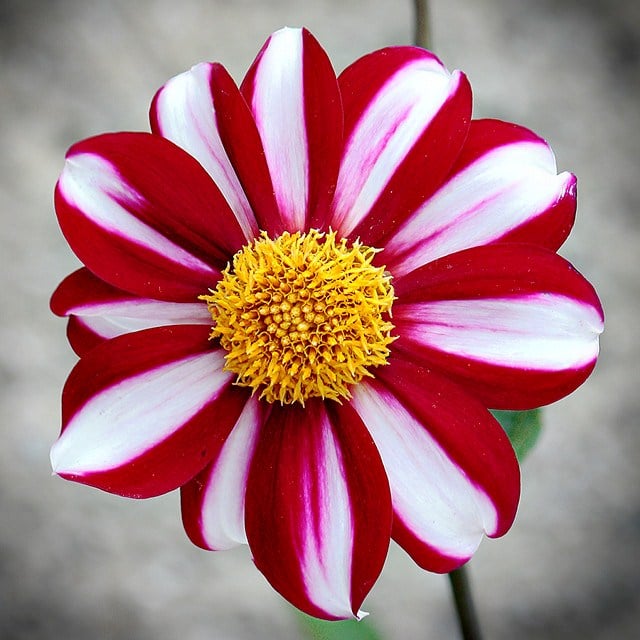This Forum will close on Wednesday 27 March, 2024. Please refer to the announcement on the Discussions page for further detail.
Weed killer differences
 Tomsk
Posts: 204
Tomsk
Posts: 204
Aldi sell Doff week killer a couple of times per year, but they alternate between the red "path & patio" weed killer and the yellow plain weed killer. Both have the same amount of glyphosate and the information on the back looks identical to me. They both claim to do the same things.
So what's the difference? Surely Doff don't tool-up to produce two products containing the same stuff inside. What's the path & patio version secretly got that the yellow one doesn't?
0
Posts
Without looking at the technical data, sometimes manufacturers put other small amounts of other weedkillers in as well as glyphosate. Other weedkillers tend to linger around for longer thus preventing weed seeds from germinating.
I would think the path and patio stays in the soil preventing weed germination while the other stuff is inactive once it hits the soil. If you read the labels, always a good idea, it will tell you.
To answer the question ... this site may be of help
http://weed-killer.net/
Gardening in Central Norfolk on improved gritty moraine over chalk ... free-draining.
I agree with you Mike, that it is better to avoid frequent use of weedkiller and I am also concerned that all the bread I buy in the supermarket (cause I don't buy organic although I should) is made from wheat ripened with glysophate. From the page Dove linked to:
"Dont be fooled by the flashy, innocent looking containers of herbicides on the shop shelves. They may look harmless and easy to use. However, there is gathering evidence that the active ingredients are doing damage to the environment, wildlife and us."
I can understand if you have a problem with knotweed or something.
I agree that you should minimise weedkillers where possible. I have particular concerns over residual weedkillers and would not go there.
Glyphosate is very effective on problematic weeds which come back from fragments of root left in the soil - dandelion, nettles, brambles etc. It breaks down relatively quickly and if you apply it directly to the leaves I don't think there is a significant impact on ecology (other than the removal of plants which are valuable food sources for wildlife.)
I would be concerned about glyphosate being intensively used on food crops, for two reasons. 1. It is a very effective herbicide and will eliminate all those small arable weeds that provide nectar sources for wildlife. 2. There are questions around whether it may be carcinogenic if it enters the human food chain (and there's evidence that it does).
In regard to the last point, there's no evidence that the levels encountered in food are likely to cause cancer in humans. To put the risk in context, the IARC puts Glyphosate in carcinogen category 2A, 'probably carcinogenic', which also includes things like the creosote, red meat and 'the vapour from high temperature frying'. Category 1, the highest category, includes soot, processed meat, and wood dust.
So the concern might be understandable if Glyphosate was found in high concentrations in food. But at the same time, if you're concerned about that, have you really eliminated your exposure to all those other category 2A and category 1 carcinogens, and if not, why are you so concerned about Glyphosate in particular? And there are obvious concerns if you're an agricultural worker getting it on your skin and breathing it in every day. Just as there would be if you worked in a sawmills, exposed to wood dust.
If you're using it carefully in a garden context and following sensible precautions, I'd personally say these concerns are overblown to put it extremely mildly.
Last edited: 03 July 2017 09:16:34
Mike you say There are suggestions that glysophate can contribute to cancer, not only in humans but also livestock.
Glysophate has been used for at least 30 years but I have seen nothing that says we are getting so many dying each year from it, in fact if my memory is correct I seem to think when it came out people would drink it to show how safe it was.
We get figures showing how many die from other cancers so how many die from Glysophate?
As has been said before ... breathing air containing oxygen causes oxidation which causes cancer ... perhaps we should ban oxygen, or perhaps ban breathing ... just to be on the safe side
I'm all for being safe and sensible ... but we have to look at degrees of risk ... or should I beg OH not to go into the city today in case he's knocked down by a bus ..............
Last edited: 03 July 2017 09:18:45
Gardening in Central Norfolk on improved gritty moraine over chalk ... free-draining.
There is some very good herbicide information on here.
I know this is about Herbicides but on Country File on Sunday there was a representive of someone from the Neonicotoid industry wheeled out to present alternative research papers which showed that in some circumstances there was no detrimental effect on bees.
Whatever piece of "research" about potentially harmful chemicals, there will always be a representative of the industry ready to show a paper with alternative findings denying the product is really harmful.
It is important to read as much information as possible from sources other than the manufactures.
Caveat Emptor.
'You must have some bread with it me duck!'
I am amazed that the 'Oh so great clever one' doesn't even know what the product is called, come on Mike Allen get the basics right first.
In the sticks near Peterborough